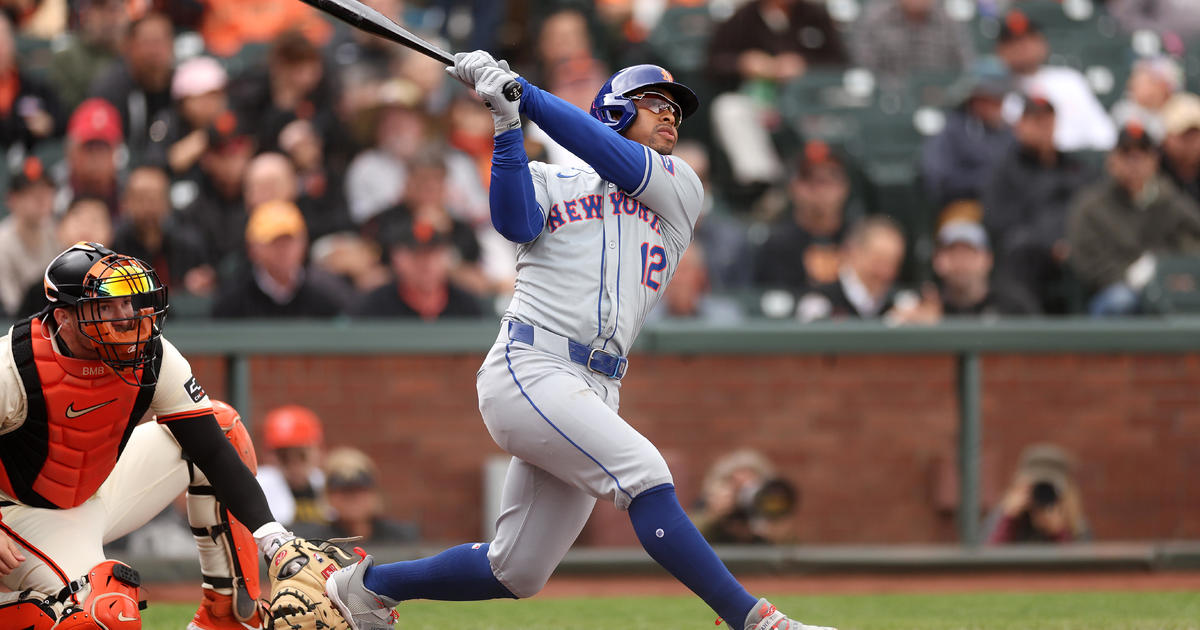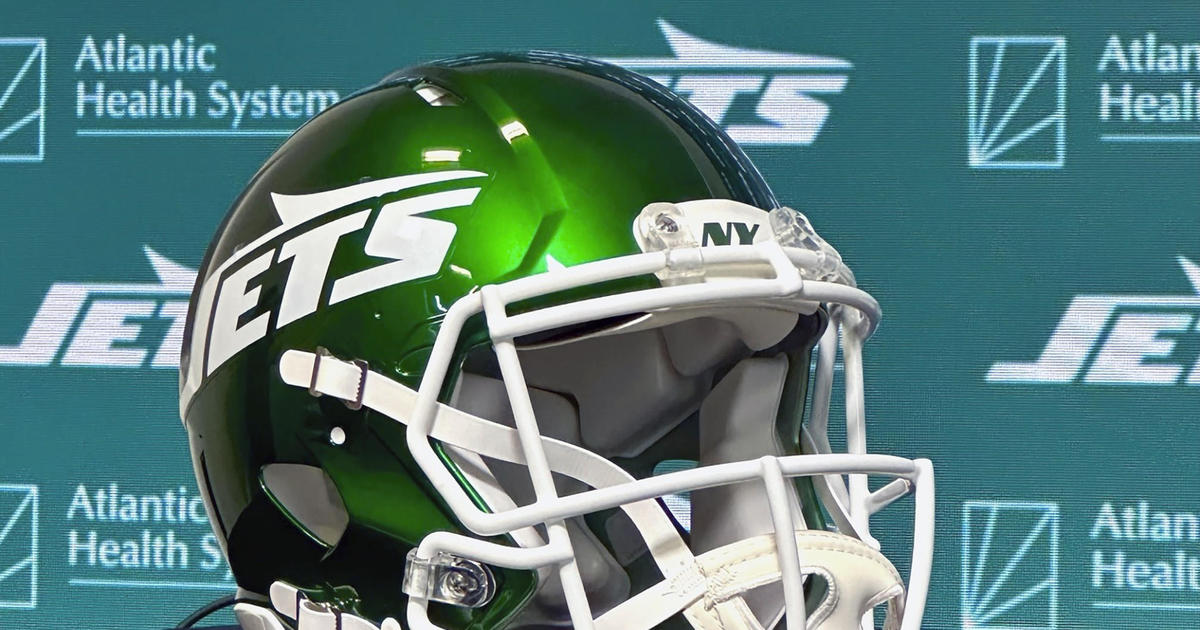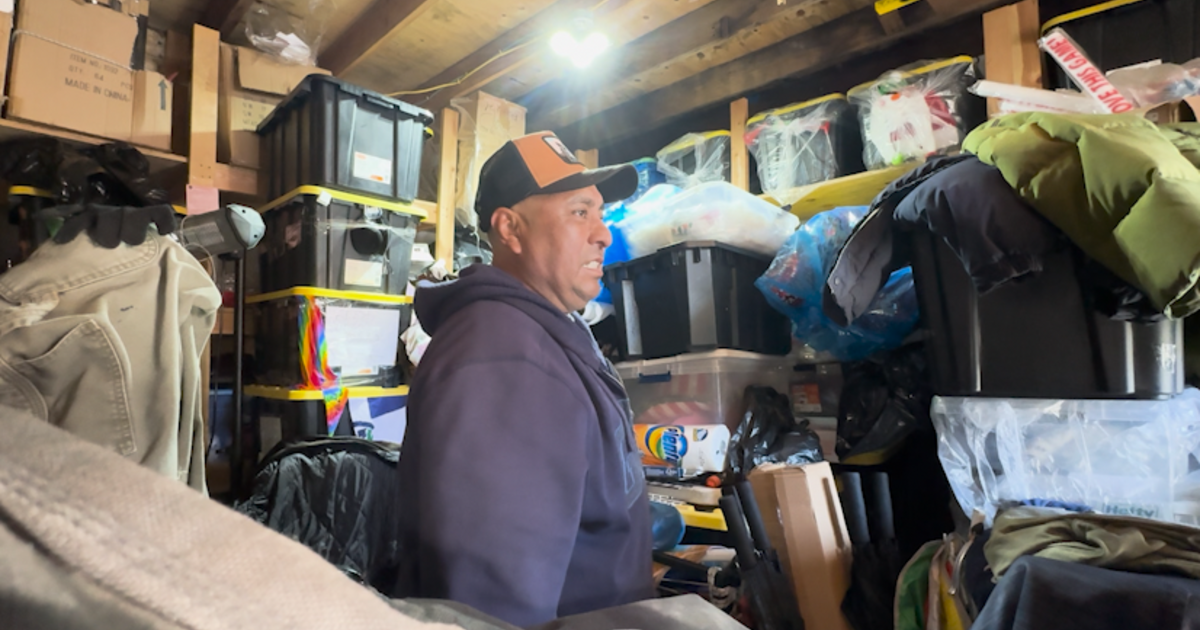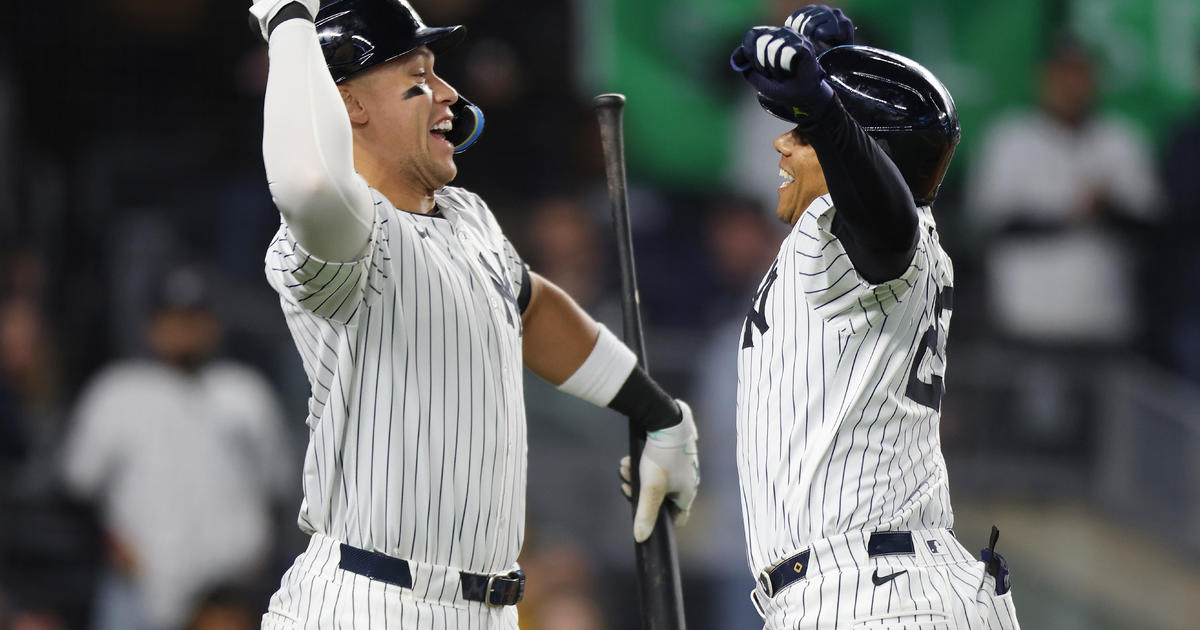Kallas Remarks: LeBron Wilting In Miami Heat
Steve Kallas
» More Columns
What can you say about the Miami Heat? As they go through a string of playing 11 games in a row against teams with a .500 or (much) better record, they've fallen on their faces (0-4 already, with seven games to go in this particular streak). They're in deep trouble. How come?
LEBRON CAN'T MAKE A THREE
The big knock on LeBron coming out of high school was that he wasn't a great shooter, especially from three. The jump from high school to the pros certainly wasn't a problem for LeBron physically – he's a man-child. But his three-point shooting has only improved from bad to OK. When LeBron takes a three, whether at the end of the game or not, you don't really feel like it's going in.
And so it was, on February 24 against the Bulls, down three very late in the game, when the Heat put the ball in LeBron's hands. He got a pretty good look (after a pump fake) from straightaway behind the arc – and couldn't hit the rim. The ball hit the backboard to the right side of the rim. Heat lose.
RELATED: Keidel: Is The Heat Too Hot For LeBron?
On February 27, against the Jekyll-and-Hyde Knicks, LeBron took a weak lefty layup (more on that later), blocked by Amar'e Stoudemire, with seven seconds left. But then, with a chance to tie (now down three), LeBron has the ball above the three-point line, pump fakes and gets Carmelo in the air, takes one dribble to his left to line up straightaway at the basket, gets a good look at a game-tying three, and misses. Heat lose.
On March 3, against Orlando, down three, very late in the game, the Heat threw the ball in to a wide-open Chris Bosh (an abysmal 27% from three) behind the arc and, after he misses, Mike Miller makes a nice play on the rebound to give LeBron a wide-open look from three on the right side (foul line extended). LeBron misses. Game over. Heat lose.
At 33% for his career and, at 34% this season (OK at best), LeBron James isn't really a good choice to take a three in general, or a three with the game on the line, in particular. When I interviewed Orlando assistant (and former Knick assistant) coach Brendan Malone on my radio show before the season started, and specifically asked him what teams were going to do against the Miami "Big Three," he didn't hesitate, stating that you had to turn the Heat, especially LeBron and Dwyane Wade, into jump shooters, especially three-point shooters (see Kallas Remarks, 3/1/11, for a list of Miami three-point shooting percentages).
Well, that's worked out for the Heat opposition better than the opposition could have expected.
LEBRON CAN'T MAKE A LEFTY LAYUP
As noted above, LeBron James took a weak lefty layup (off the wrong foot, no less) late in the game against the Knicks on February 27, before the Heat were down three (when he took a three and missed).
Then, this past Sunday, March 6, against the Bulls, the Heat essentially went four low and just gave the ball to LeBron, down one, very late, to try and win the game (four low, as you probably know, is when you put four offensive guys down on the baseline and let your star, with the ball, make a play; actually, against the Bulls, it was more three low with Wade foul-line extended on the left side). On this lefty layup, with no contact but guys coming from everywhere to contest, LeBron didn't even hit the rim. Wade, however, got the rebound and got a decent (not great) look to win the game from the right baseline about 15 feet away – and missed. Heat lose.
WHY IS LEBRON JAMES EVEN TAKING LEFTY LAYUPS?
Great question, no? Probably the two weakest things that LeBron James can do is take threes or take lefty layups. Admittedly, the whole league forces him to go left (as Joakim Noah did for the Bulls this past Sunday). But LeBron has to counter that. Plus, if you are essentially having all of your offensive players go down low to give LeBron more room to maneuver, that play is really to get you a 10-15 foot pull-up jumper, not to have you go all the way to the basket (where, by definition, there will be two or three other defenders waiting for you).
Really, this isn't complicated stuff.
BUT, WAIT, THERE'S MORE
Particularly in the Bulls game this past Sunday, defensive lapses on the foul line cost the Heat the game. You probably saw it. Down two very late, Luol Deng of the Bulls goes to the line for two free throws. He makes the first. The Heat have two guys for the rebound near the basket. The Bulls have their two guys and then LeBron is the fifth guy. Wade and Mike Miller are above the key, presumably to step in front of any Bull who is flying in for the rebound from beyond the top of the key.
So, what happens? Well, rather than boxing out the shooter (remember that?), LeBron decides to pinch on Noah (Erick Dampier is inside Noah, specifically brought in for that potential rebound). Noah makes a great play, getting a hand on the ball and tipping it to Deng, who is not boxed out by anyone. Mike Miller has to foul Deng who makes the next two shots to win the game (after LeBron and Wade miss near the buzzer). But even on the second of the second pair of Deng foul shots, LeBron still pinches in on Noah and (now) Wade comes in from behind the arc to box out the shooter. So, on the game losing non-box out, either LeBron made a big mistake or Wade made a big mistake.
In the "old days" of, say, 10-15 years ago, you usually would have a guy to box out the shooter standing next to the other team's guy who was trying to get the rebound. Apparently, not anymore.
WHERE'S THE COACHING IN ALL OF THIS?
Well, Heat coach Erik Spoelstra is taking a pounding over a lot of things, but he can't make LeBron or Bosh or Wade make a three – they are just not good three-point shooters. But he needs to call better sets down the stretch. Why not clear out the right side (that is, put three guys on the left side of the court and have a big man (Dampier?) or a good shooter (Mike Miller?) set a pick at the top of the key? LeBron (or Wade?) can then work his magic in open space. Open space is what slashers like LeBron and Wade need to be most effective. They will either get a relatively easy shot or get fouled (or both).
As they play it now, having LeBron (or Wade or Bosh) take a three is exactly what the opposition wants. And, if the Heat are down one or two late, a LeBron lefty layup in traffic (caused by the offensive set, frankly) is as good for the opposition as taking a three. In the four games discussed above, LeBron took three threes and two lefty layups (0-5). The league is clearly winning that battle against the Heat.
The coach should be able to put the Heat in a better position to tie or win the game. And he should be able to remind his players to box out the shooter on a foul shot. That's Intro to Basketball stuff.
Also, you can't, as an NBA coach, tell members of the media that there are guys crying in your locker room after a tough loss because you wanted to show the media that your guys care. Erik Spoelstra kind of got suckered into giving that answer. He won't make that mistake again but, really, even if true, you have to have enough sense not to disclose that to the media (see the almost comical reaction to that disclosure). Frankly, it would be easy to answer the "Do they care?" question without talking about NBA millionaires crying in the locker room.
WHERE HAVE YOU GONE, DWYANE WADE?
It's certainly time to re-evaluate what the Miami Heat are doing down the stretch of games that they are down one, two or even three points. It might be time to give the ball to Wade. It might be time to set a pick for somebody. It might be time to run a play rather than just give the ball to LeBron and get out of the way.
It says here that the Miami Heat will have to change the way they attack the basket very late in close games.
And they had better do it sooner rather than later.
Knicks fans: Happy you don't have LeBron? Let us know in the comments below...




